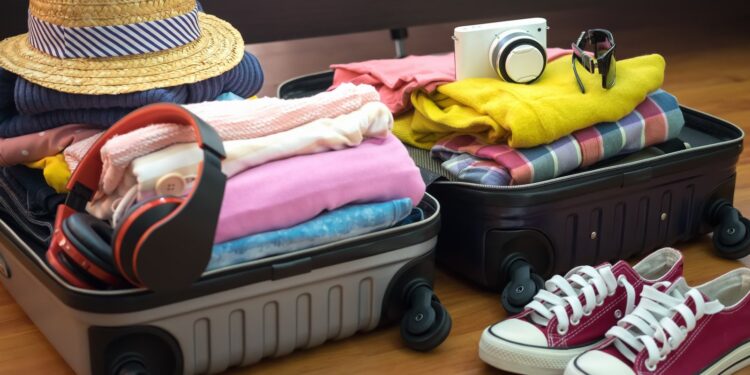Spring is finally here, which means it’s time to pack up your bags and head on a winter trip! Whether you’re planning a weekend getaway or a longer trip, there are a few things you need to take with you. In this article, we’ll discuss the essentials you need for a winter trip and how to pack them efficiently.
Items to pack for a winter trip
When packing for a winter trip, make sure to pack items that will keep you warm and comfortable. Here are some items to consider:
– A heavy coat or jacket – If it’s cold outside, it’s going to be cold inside your vehicle. Make sure to pack a coat or jacket to keep you warm.
– A scarf or hat – Keep your head and ears warm with a scarf or hat.
– Gloves and boots – In case of snow or ice, wearing gloves and boots will help keep you safe.
– A thermometer – It’s always a good idea to know the temperature inside your vehicle. Bring a thermometer so you can check the temperature before getting in.
What to bring along on a winter trip
One of the most important things to consider when packing for a winter trip is what to bring along in case of an emergency. Here are six items you should always pack when trekking in cold weather:
1) Warm clothes- Bring layers so you can adjust your clothing as needed. It’s always a good idea to have an extra set of clothes just in case something goes wrong and you have to spend the night outside.
2) Warm drinks- Make sure you pack enough warm drinks and snacks to keep yourself going during your stay outdoors.
3) Flashlight- A flashlight is essential for walking around at night and finding your way.
4) First Aid Kit- Make sure you pack a first aid kit with supplies like bandages, gauze, and painkillers. This kit should also include instructions on how to use it if something goes wrong.
5) Maps- If you’re traveling in unfamiliar territory, it’s important to have maps of the area. You can also use these maps to help find your way back if you get lost.
6) Whistle- A whistle can come in handy if you need help getting back home after a snowstorm.
How to stay warm on a winter trip
Winter trips can be a lot of fun, but they can also be very cold. To make the trip as comfortable as possible, you’ll need to pack some warm clothes and accessories. Here are some tips for staying warm on a winter trip:
1. Pack a heavy coat. A coat of paint can feel heavy when it’s cold outside, but it will keep you warm on a winter trip. Make sure the coat is waterproof and windproof, too.
2. Bring along a heavy hat and gloves. Hats and gloves are essential when it’s cold outside, not only to keep your head and hands warm, but to protect your skin from frostbite.
3. Pack some extra layers of clothing. When it’s really cold outside, you’ll need to pack extra layers of clothing so that you can adjust how much heat you wear. For example, you could pack a light jacket and pants for morning walks around the city, and switch to a heavier coat and pants for colder weather activities like skiing or snowboarding at the ski resort.
4. Bring along a stovetop heater. Stovetop heaters are great for keeping small spaces warm, like your hotel room or car.
Things to avoid when traveling in the winter
When traveling in the winter, it’s important to keep yourself safe and comfortable. Here are a few things to avoid:
-Hypothermia: When temperatures drop below 40 degrees Fahrenheit, the body starts to lose heat rapidly. This can lead to hypothermia, a condition in which the body’s temperature falls below 35 degrees. Symptoms of hypothermia include shivering, mental confusion, and loss of coordination. If you experience any of these symptoms, seek shelter and warmth immediately.
-Frostbite: Frostbite is a condition in which the skin becomes extremely cold and stiff. It can occur anywhere on the body, but is most common on extremities such as the nose, ears, toes, and fingers. Frostbite can cause permanent damage if not treated quickly. Keep your extremities warm and dry by wearing warm clothes and rubber boots or coatings. If frostbite is severe, seek medical attention.
-Snow blindness: Snow blindness is caused by exposure to sunlight while the eyes are covered in snow or ice crystals. It results in temporary blindness due to damage to the retina. Symptoms include a feeling of pressure in your eyes, blurry vision, and redness. If you experience these symptoms,
















